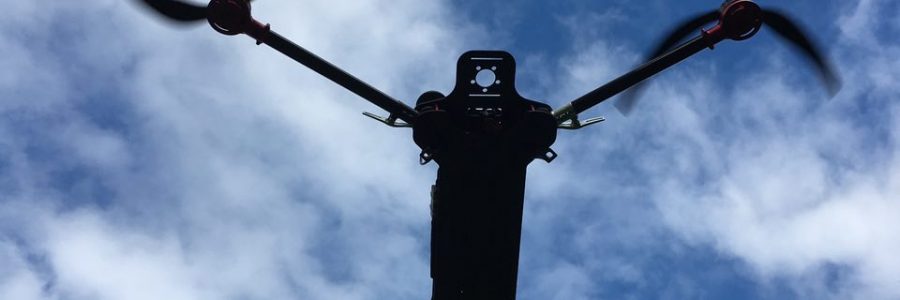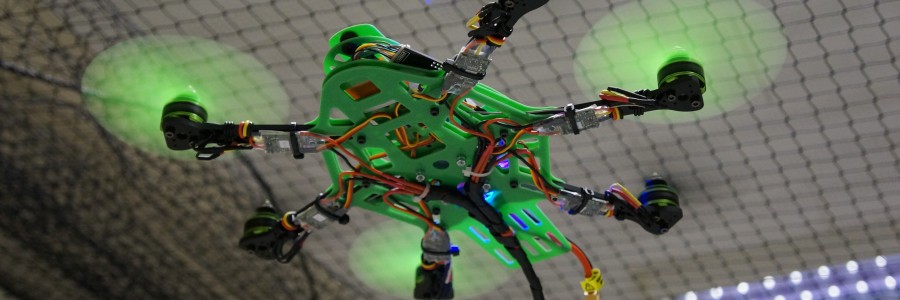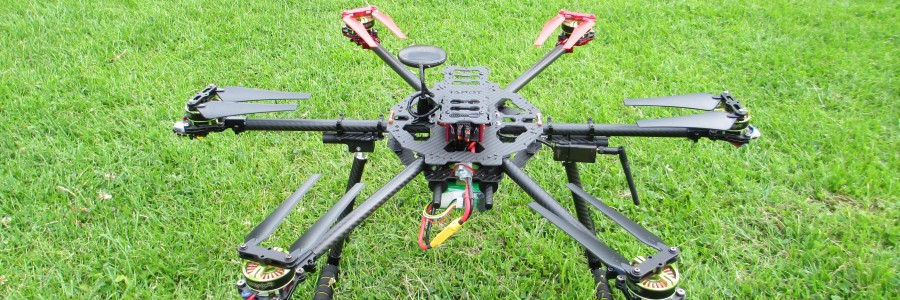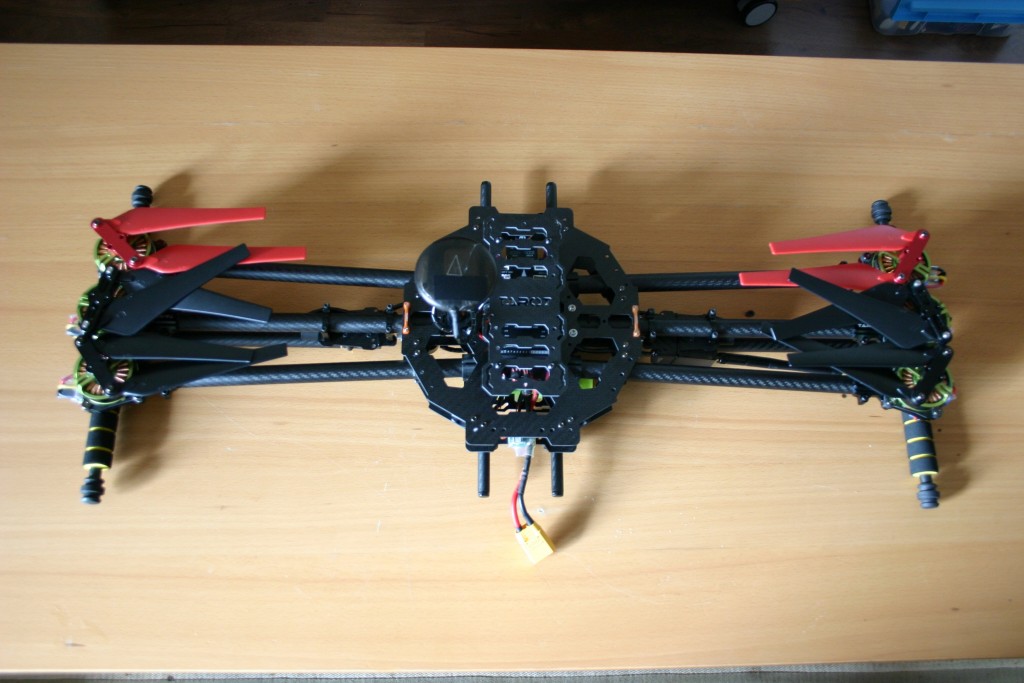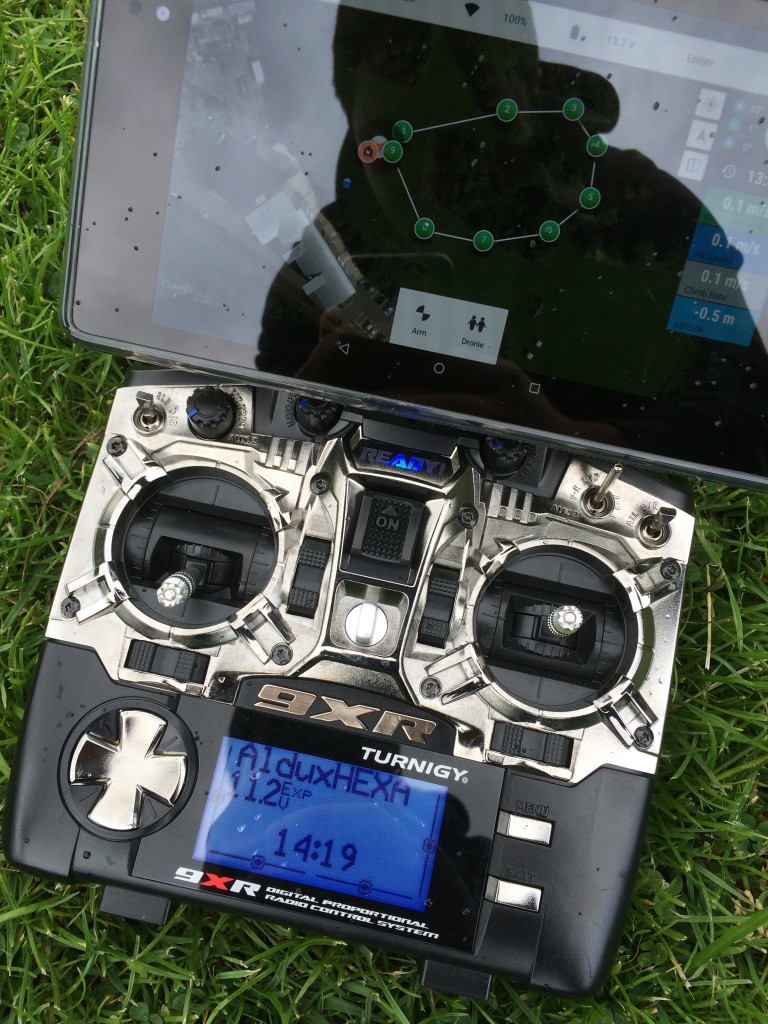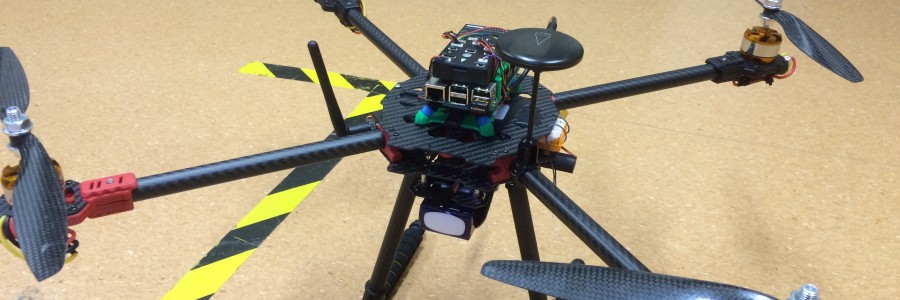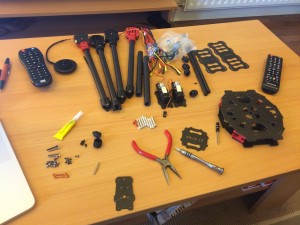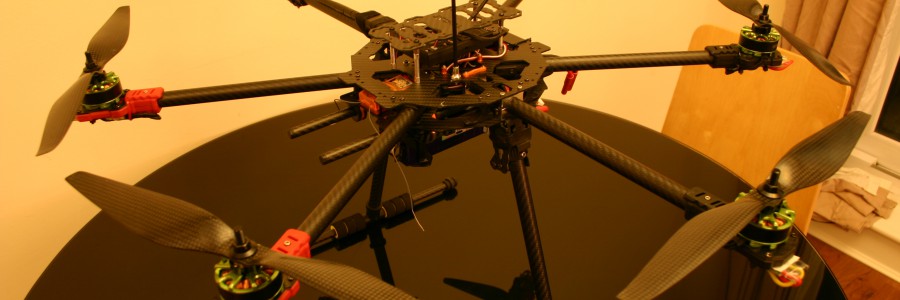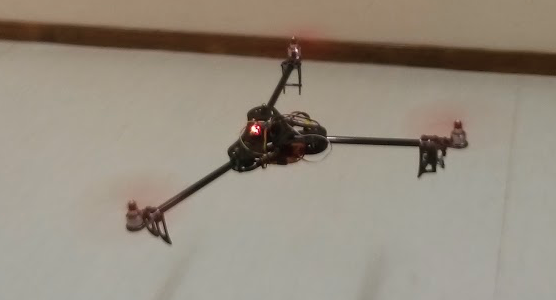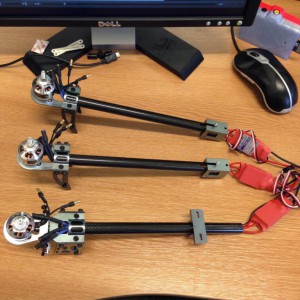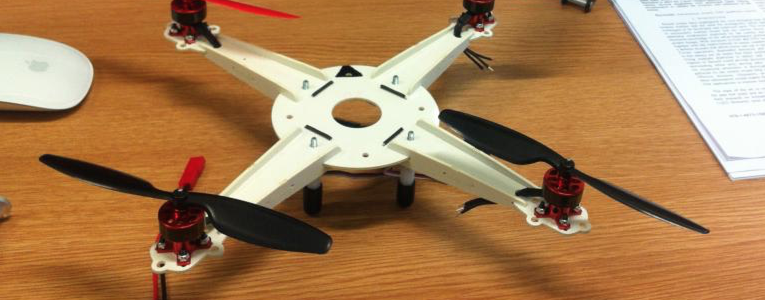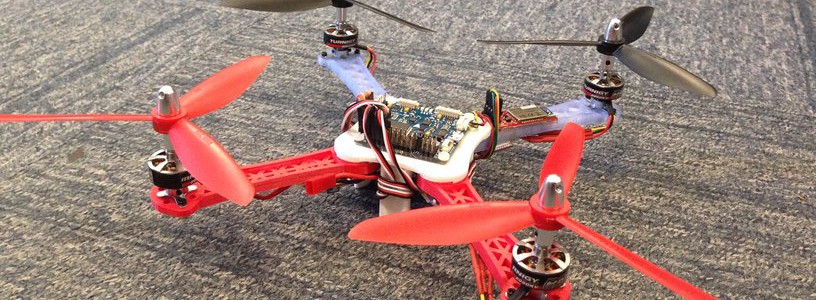Carbon fibre foldable quadcopter
BigX is a bespoke vehicle designed and built to support research projects. It’s big, with a 900mm wheelbase which means it can hold up to 21in propellers.

The frame is manufactured by SoliDrone, the model of the frame is FR4X 900F. I got this prototype frame in order to build it and test it. The company will start selling this great frame soon, so, check their website for updates. They have a beautiful render that you can see here:
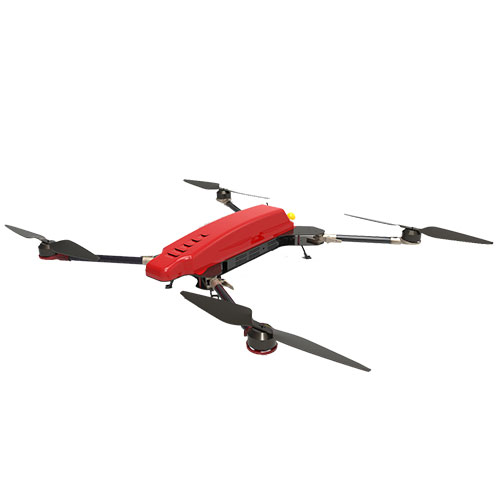

Specifications of the vehicle:
| Frame: | FR4X 900F |
| Motors: | Foxtech S5010 288kv |
| Propellers: | 18×6.5in CF |
| Wheebase: | 900mm |
| FC: | Pixhack |
| ESCs: | Hobbywing XRotor Pro 40A |
| Weight(no batt): | 3kg |
The carbon fibre plates are really thick, 3mm, which makes it very very hard and solid… SoliDrone, hehe… But that is one of the reasons why is a bit heavy. But considering the type of applications this one is going to be use in, it is just right. It’s big, 900mm wheelbase, and because of that, it can be equipped with very large propellers, but being foldable, makes it very easy to transport. This is a great feature.
Building process:
So, how big it is??
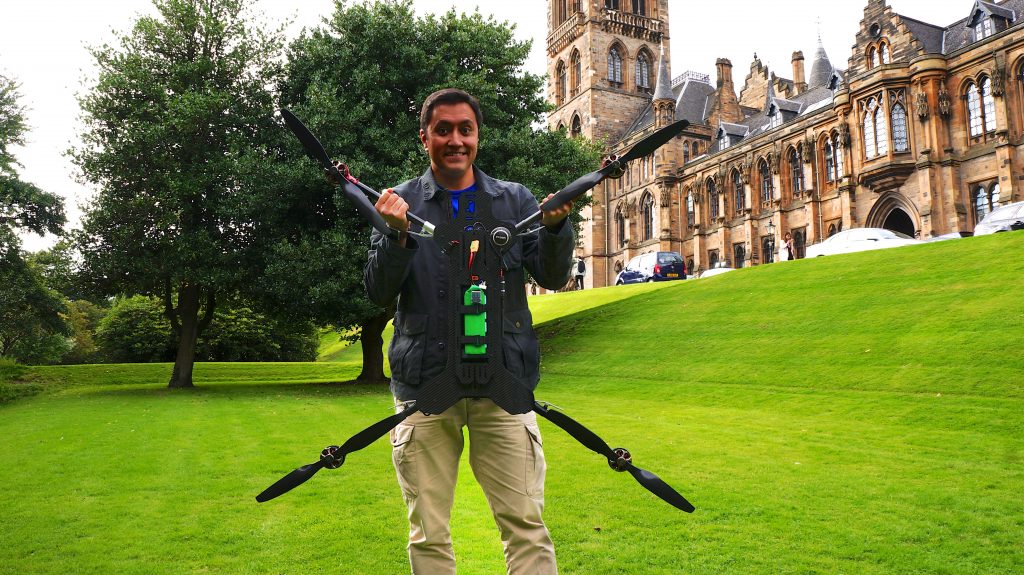

At the moment I’m putting 18in props to this one, and its performing quite well, maybe I will put bigger props on the future.
Hovering time:
I did several tests using two different batteries. Both batteries are Multistar LiHV from HobbyKing. The longest flight was almost 32 minutes.
| Battery | Flight Time |
| 10,000 mah | 25 min |
| 16,000 mah | 32 min |
Then I added a Raspberry Pi and using DronePilot, I made it fly autonomously in very different ways, and it performs great!! You can see in the video how good it flies. And as usual, the Scottish weather does not help, but this vehicle was able to fly under raining conditions and strong wind gusts, with ease.
Video:
